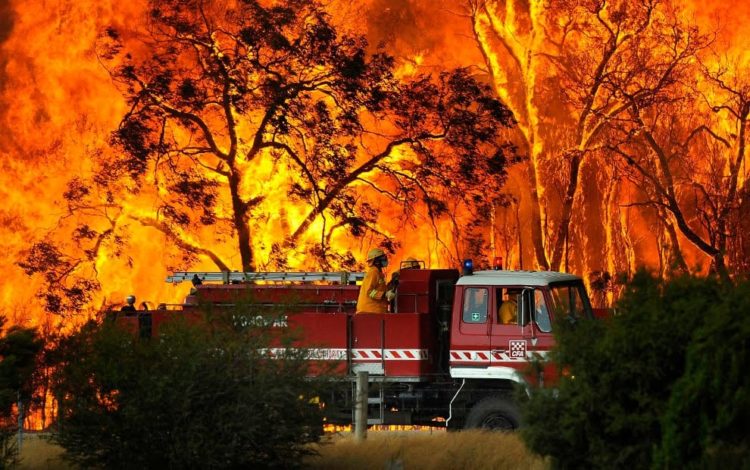In Australia, AI’s application in bushfire tracking is evident just as ais the significant increase in bushfires in the country.
A 2020 report on the economic cost of bushfires from Australian National University (ANU), funded by Fireball International, suggested that not only are bushfires in Australia likely to become more frequent, but they will also “more likely, last longer and [be] more intense.”

To mitigate this risk, researchers and technology companies have developed AI-powered systems to enhance bushfire detection and response efforts. One notable example is the Fireball International project, which employs AI and satellite imagery to detect and monitor bushfires in real-time across all regions of Australia. Developed by Fireball International, a collaboration between Australian and international organizations, this technology utilizes various on-the-ground cameras and satellite images to identify potential fires as early as three minutes after ignition.
This revolutionary technology not only helps detect the direction and speed of the fires but can also identify them in their nascent stages, thereby enabling the rapid mobilization of firefighting resources. This efficiency potentially reduces the spread and impact of bushfires on communities and ecosystems, including the mitigation of air pollutants.
The use of this technology demonstrates significant progress. By leveraging technology, we are far better equipped to address the threat of bushfires and other natural disasters, representing a substantial advancement in Australia’s ability to manage the impact of bushfires on both human populations and the natural environment. The key is using AI technology responsibly.






